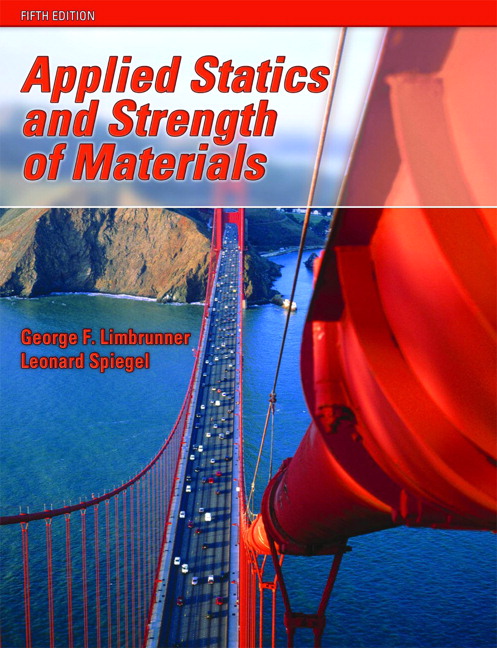In oncology clinical trials with time-to-event endpoints, censoring rules have traditionally been defined and applied following standard approaches based on longstanding regulatory guidelines. The estimand framework (addendum to the ICH E9 guideline) calls for precisely defining the treatment effect of interest to align with the clinical question of interest and requires predefining the handling of intercurrent events that occur after treatment initiation and either preclude the observation of an event of interest or impact the interpretation of the treatment effect. In the context of time to event endpoints, this requires a careful discussion on how censoring rules are applied. We discuss a practical problem in clinical trial design and execution, i.e. in some clinical contexts it is not feasible to systematically follow patients to an event of interest. We discuss what censoring means in such contexts and alternative strategies available to address it. We introduce terminology to distinguish types of censoring. We provide recommendations for trial design, stressing the need for close alignment of the clinical question of interest and study design, impact on data collection and other practical implications. We discuss the use of sensitivity and supplementary analyses to examine such censoring assumptions.
翻译:在具有时间到活动终点的临床试验中,审查规则传统上是根据基于长期监管准则的标准方法来界定和适用的。节点框架(ICH E9准则的增编)要求精确地界定感兴趣的治疗效果,以便与临床关注问题保持一致,并要求预先确定处理治疗开始后发生的周期间事件的办法,或者排除观察感兴趣事件或影响对治疗效果的解释。从时间到时间,审查规则需要认真讨论如何适用审查规则。我们讨论了临床试验设计和执行方面的实际问题,即在某些临床情况下,系统跟踪病人对某一事件感兴趣的情况是不可行的。我们讨论在这种情况下进行审查的手段和可供采用的处理该问题的替代战略。我们采用术语来区分审查的类型。我们提出试验设计建议,强调兴趣和研究设计的临床问题需要密切配合,对数据收集和其他实际影响。我们讨论使用敏感性和补充分析来审查这种审查假设。




